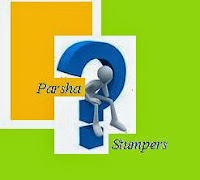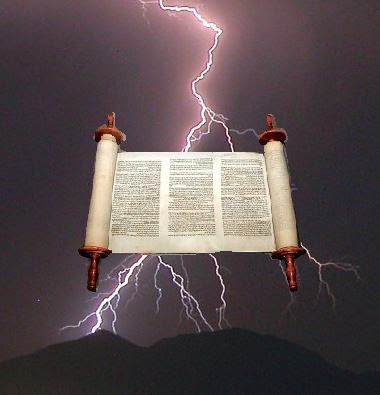Parshas Acharei Mos-Kedoshim - Vampires and Blood Poisoning

~ Thoughts on the Parsha ~ Parshas ACharei Mos-Kedoshim Vampires and Blood Poisoning By: Daniel Listhaus וְאִישׁ אִישׁ מִבֵּית יִשְׂרָאֵל וּמִן הַגֵּר הַגָּר בְּתוֹכָם אֲשֶׁר יֹאכַל כָּל דָּם וְנָתַתִּי פָנַי בַּנֶּפֶשׁ הָאֹכֶלֶת אֶת הַדָּם וְהִכְרַתִּי אֹתָהּ מִקֶּרֶב עַמָּהּ “Any man of B’nei Yisroel and of the proselyte who dwells among them who will consume any blood – I shall direct my face upon the soul consuming the blood, and I will cut it off from its people.” - Acharei Mos 17:10 The passuk [1] warns us that it is forbidden to consume blood. Even the blood from a perfectly kosher animal which was properly shechted (slaughtered) is prohibited to eat. This is the reason for the thorough salting process with its accompanying complex halachos . However, the way the Torah warns about this particular commandment is very different from wh...




